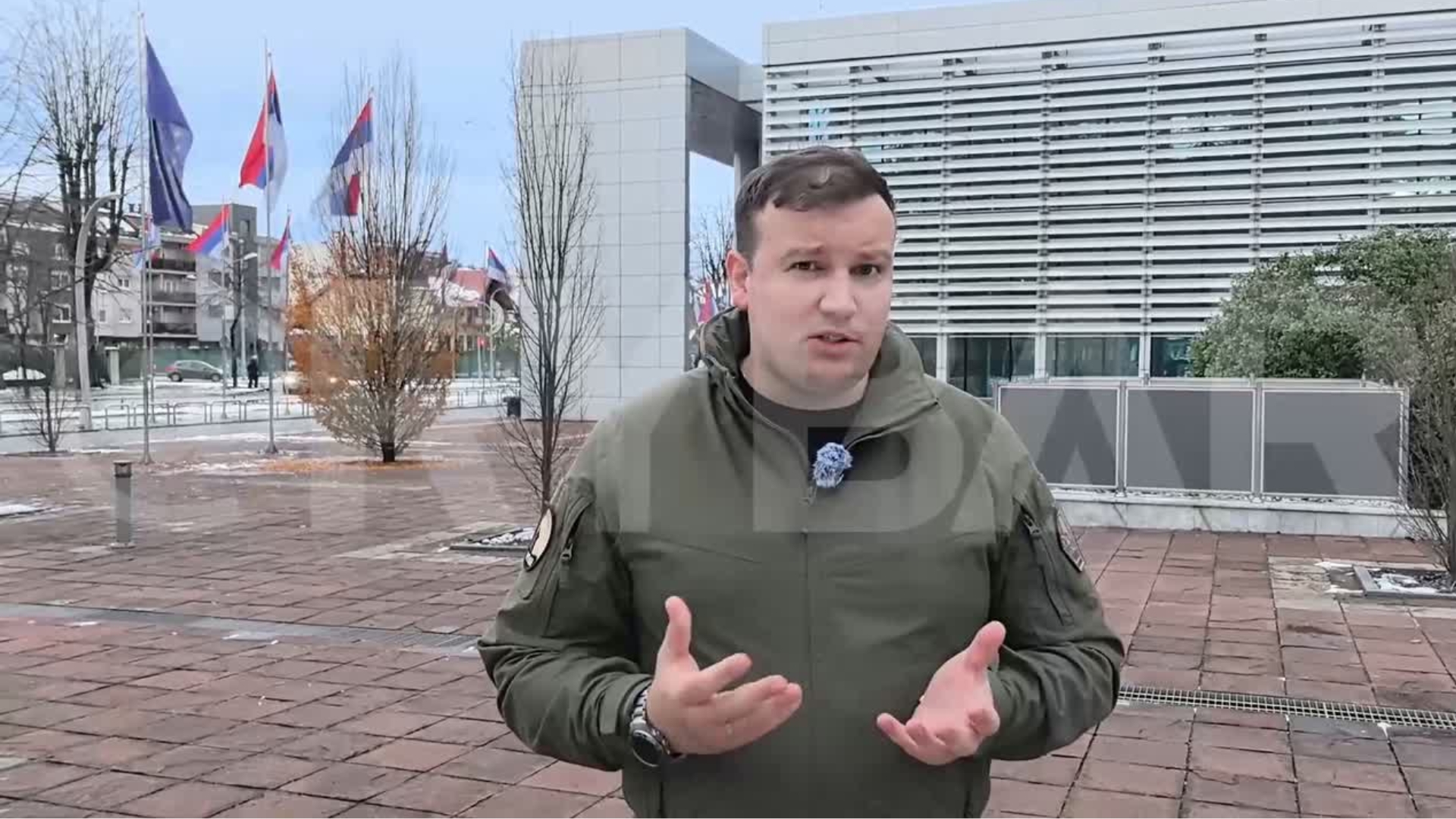This post is also available in: Bosnian
The first state prosecution witness at the Zeljko Stanarevic trial said he saw Stanarevic in Ripac in mid-1992, but didn’t see him going to a hangar where prisoners were held.
Zeljko Stanarevic, a former military police officer with the 15th Bihacka Brigade of the Bosnian Serb Army, has been accused of participating in the persecution of Bosniak civilians. The persecution occurred as part of a widespread and systematic attack planned by the Bosnian Serb Army and police forces on Ripac, Cukovi, Orasac, Klisa and Kulen-Vakuf in the municipality of Bihac.
Stanarevic allegedly participated in the murder of 11 prisoners who were detained in a detention camp in Ripac between June 24, 1992 until the first half of July 1992. He allegedly drove the prisoners to the Bezdan Pit with other members of the Bosnian Serb Army, where he killed four people and participated in dumping their bodies into the pit.
The remains of 83 people were exhumed from the Bezdan Pit in 1997, and included the remains of the 11 people who were taken away from the Ripac detention camp.
Milan Matijevic, a former police officer in Ripac, testified for the state prosecution at today’s hearing. Matijevic said he saw Stanarevic standing on a “stodesetka” truck at the gate of the police station. Prisoners were in the police station yard. Matijevic said he believed that was when the last group of prisoners was taken away.
Matijevic described Stanarevic as honest and honourable.
Matijevic said the reserve police station was formed before his arrival to Ripac in April 1992, and he was responsible for agricultural machinery.
He said the Bosniak population was in Ripac until mid-June 1992, after which they went to Bihac. He said there was an atmosphere of “unease, fear, and panic in both groups.”
Matijevic said that the Bosniak population was disarmed, after which they went to Bihac.
According to Matijevic, the prisoners were brought there over the course of the following days.
“When I came in the morning, I saw a crowd of people at the bottom of the hangar. It turned out later on that there were about 150 people there,” Matijevic said. Matijevic said they were brought to the hangar by the army. He said a guard was assigned to them for their own safety.
Matijevic said that on one occasion he was ordered to read the names of the prisoners from a notebook. Those prisoners were taken onto a bus and driven away. He couldn’t specify whether he’d read the names of 70 or 80 prisoners.
Matijevic said the military police took away the prisoners who remained in Ripac in groups of approximately a dozen people each, but he said he didn’t know how many times they were taken away or where they were taken.
During cross-examination, Matijevic said that he didn’t see Stanarevic going to the hangar to take prisoners away. He also said he never saw him participate in arrests, nor had he heard any negative rumours about him.
The trial will continue on July 6.


